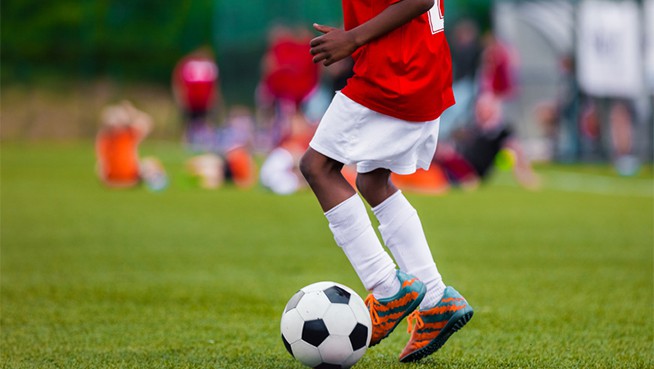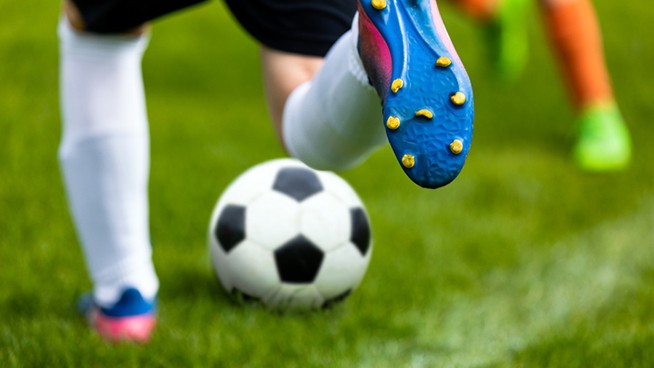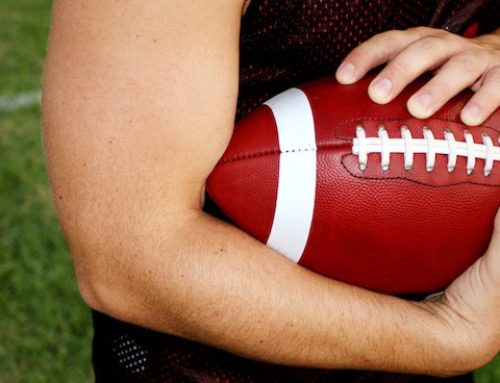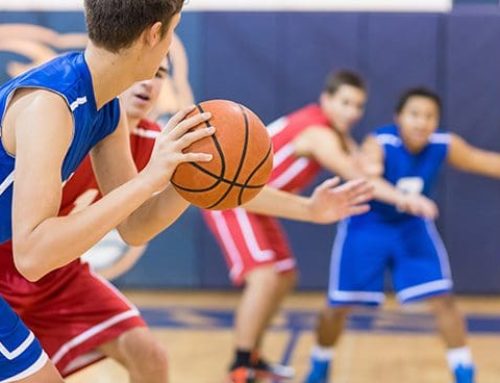Although many people can swim the common freestyle, poor stroke mechanics are probably limiting their potential success. It’s essential to find the right balance between drag elimination and force production, unique to the sport of swimming. The streamline position produces minimal drag and increases overall speed in the water.
Streamlining
Streamlining is simply setting your body in a straight line. Sounds simple, right? Yet the difficulty most face is maintaining the position in unbalanced water.
(Watch video training for streamlining to the finish.)
The following freestyle swim stroke tips will help swimmers at all levels with streamlining:
Swim Downward
Keep your head down to create a straight line for your neck and decrease potential drag. Too often swimmers swim vertically, elevating their chests and plowing through the water. So keep your chest down as well. Swimmers are typically instructed to “swim downhill.” This creates a mindset that helps achieve streamline and keeps weight in the front of the body.
Maintain Pelvic Tilt
A strong core is essential for competitive swimmers. However, it’s unrealistic and exhausting to contract the abdominal muscles during an entire race. A posterior pelvic tilt helps lengthen the spine, facilitating the streamline position.
Do Not Overkick
You’ve probably been instructed to kick from the hip and keep your knees straight. However, although elite swimmers kick from the hip, they do flex their knees. Learning how to initiate the kick from the hip is essential. Just make sure not to overkick, because it will deflect your body from streamline. If your legs are the anchor, minimize the distance between the anchor and your body to keep your hips relatively straight. (A more in-depth look at improving swim kick.)
Point Your Toes
Most swimmers agree that full range of motion for ankle-pointing is important. But to conserve energy, you need to relax your ankles. Instead of maximally flexing your ankles throughout the entire kick, press your toes down as your leg kicks down, then relax your foot on the upstroke.
Force Production
The second key component for elite freestyle form is force production—increasing your horizontal velocity while maintaining a streamline position. The following two areas are important for force production:
Early Vertical Forearm
People with different body types perform this movement differently, but the end result is the ability to manipulate the arm toward the feet or perpendicular to the body. This allows the greatest amount of force potential. Unfortunately, it’s a high drag position, making movement speed an important element.
Pull With the Whole Arm
Too often swimmers use their arms only to pull, but if oriented properly the entire arm provides force production.
Although many argue that the legs are the prime movers for force production, this does not seem true. Instead, the legs coordinate with the body, providing a counterbalance during arm entry, and help transfer force from the arms to the legs.
These keys are important for swimmers of all levels. Remember, less drag and more force equal freestyle success. Make sure you are setting your streamline up correctly, then generate as much force as you can to increase horizontal velocity and decrease drag even more.
Photo: Epicsports.blogspot.com






